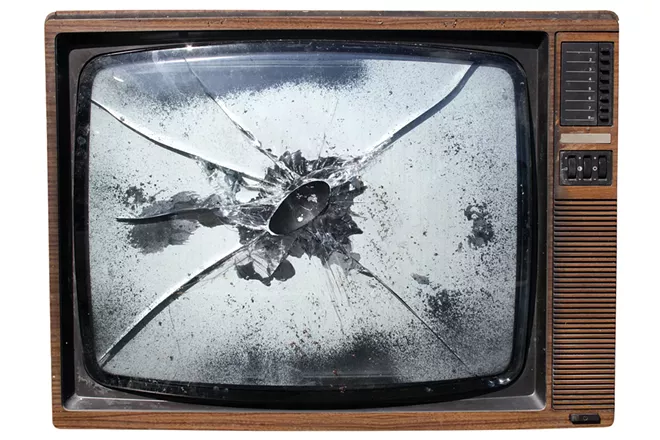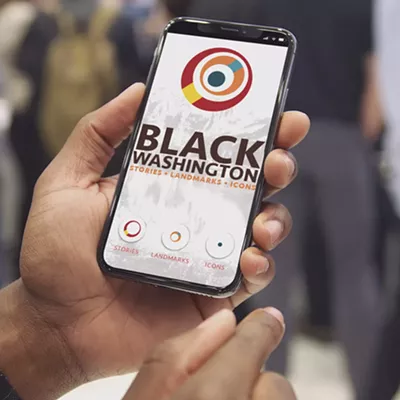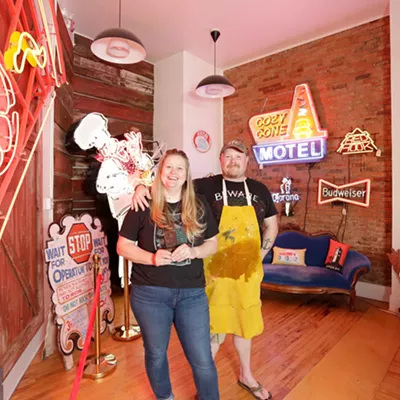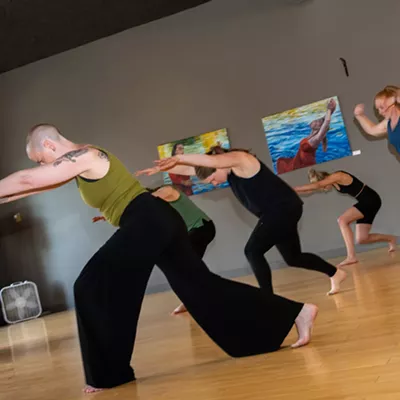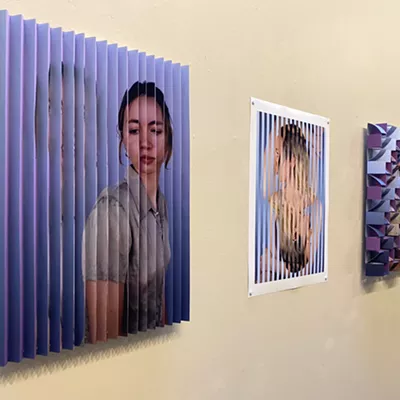Two truths and a lie. I declined joining the National Honor Society in high school. I sold my flat-screen TV to pay for college. I parachuted with the Flying Elvis troupe.
The lie? I never sold a television because I've never owned one. Ever.
Why? Television addiction, or something like it. Youthful FOMO, boredom, plus the proliferation of programming resulted in hard-to-break habits that haven't gotten easier since television turned into "screen time."
To clarify, I've watched plenty of television, but I've avoided owning a TV because steps one and two in recovery-speak mean recognizing you have a problem and detoxing from it.
I blame my parents, of course. They were one of nearly 93 percent of American households with a television in 1965 when I was born. They had two TVs by the '70s, although we weren't permitted to watch unsupervised. When my brother and I bemoaned the unfairness of 60 Minutes and The Wonderful World of Disney occupying the same Sunday timeslot, our parents offered the old black-and-white.
It may as well have been crack. This and other experiences — mom crying over televised coverage of the Wounded Knee occupation, how watching shows together galvanized my otherwise fragmented family — made me realize that little box had power.
And I wanted more.
Left unchecked through my teens, I mainlined TV, sitting slack jawed two feet from the screen. Unlike most addictions, however, TV has upsides.
Television shaped my sense of self, similar to YouTube and TikTok today. I wanted to be one of Charlie's Angels — smart, fierce — with Farrah Fawcett-like hair. I tried to find humor in everything, like Carol Burnett did. The Partridge Family, Good Times, and One Day at a Time portrayed strong, single women and dynamic families that resonated with me.
When grown-ups wouldn't talk about taboo subjects, TV would. It also expanded my worldview on race, sexuality, gender identity, social inequities and more.
It wasn't TV that disquieted me; it was the copious content, especially with the rise of cable. In the '90s, Americans averaged four hours of television daily, according to Nielsen ratings, yet it seemed like "57 Channels (and Nothin' On)," to quote Bruce Springsteen. It was overwhelming.
So I never bought a television, which felt good, and limited watching it when traveling, which felt better.
By the time the Internet made not owning a TV irrelevant, I'd found balance. I could absorb enough pop culture to feel connected to others, yet successfully modulate screen time, especially when it threatened my equilibrium. Not paying for subscription services was key.
Then 2020 happened.
"Just when I thought I was out, they pull me back in!" (to quote The Godfather's Michael Corleone). I succumbed to subscription-based binge-watching: The Queen's Gambit and Six Feet Under, but also countless hours of forgettable shows.
Starting over at steps one and two, I quit Netflix, renewed my library card and got busy creating my world, versus escaping into the worlds of others via the screen.
There's no way to avoid screen time; in fact, there's plenty to be gained from it. Balance comes from discipline, not denial, and finding alternatives that still fit my lifestyle.
I've discovered oodles of free content like Hoopla, a digital media streaming service that partners with public libraries like Spokane County Library District. It limits movies to six per month, for example, so I can't overindulge. Public broadcasting and sites like Documentarymania offer substantive programming, too, so at least I can feel like I'm not consuming junk.
Maybe that's the best we can do when breaking bad habits; look for the silver lining and keep moving forward. ♦

